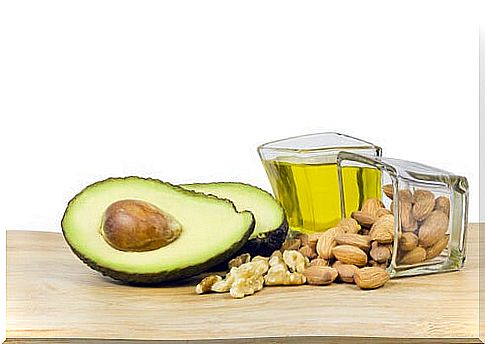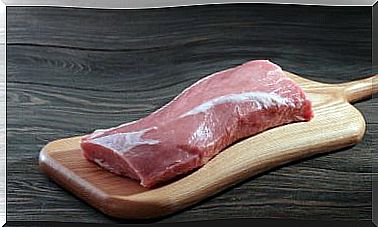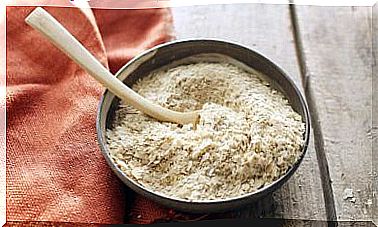Why Does Fat Accumulate In My Belly And How To Eliminate It
In addition to monitoring our diet, if fat accumulates in the belly we must assess other aspects that may also be influencing us without We realize

Many people accumulate fat in the belly, whether or not they are overweight. It is very difficult to eliminate it, despite having tried diets and treatments of all kinds.
However, it is possible that they are making misdirected efforts and that the solution is not so complicated.
Discover in this article all the issues that may be causing an increase in belly fat. For example, a protein deficit, hormonal changes, lack of exercise of a certain intensity or poor posture.
Why does fat accumulate in my belly?

When we talk about being overweight, we understand that the person has excess fat and, perhaps, fluid retention, in certain parts of the body: abdomen, thighs, arms, back, buttocks, etc.
However, one of the most common problems is the accumulation of fat in the belly. In fact, it is very common in both men and women from middle age.
There are even very thin people who suffer from it and who cannot eliminate it despite losing weight easily in other parts of the body.
Find out why this may be happening.
1. Unbalanced diet

When we ask ourselves why we have fat in the belly and how we can eliminate it, in general we tend to think that we should reduce our calorie intake.
However, the idea that we should make better food choices is gaining more and more popularity . That they are of higher quality and less processed, instead of reducing fat and calories.
A balanced diet that helps us reduce fat around the waist should follow the following recommendations:
- Each of the three main meals must contain a portion of protein, alternating animal protein (preferably organic) with vegetable protein (legumes, nuts, avocado).
- We will opt for whole grains and avoid refined ones.
- We will eliminate white sugar from the diet and consume moderate amounts of honey, cane honey, whole cane sugar, etc.
- We will dispense with processed and hydrogenated fats, present in fried foods, margarines or sweets, and we will increase the consumption of healthy fats, present in cold-pressed vegetable oils (olive, coconut, sesame, flax), avocado, nuts, seeds, blue fish and butter.
2. Food intolerances
There are people who suffer from a food intolerance and yet are unaware of it. This problem causes discomfort, such as bloating in the abdominal area, as well as digestive disorders. This is stated in this study from the University Erlangen (Germany).
If we suspect that it may be our case, there are different types of tests that can confirm it. The most common intolerances are gluten and lactose.
3. Sedentary lifestyle
Exercise is essential to have a balanced weight but, above all, to narrow the waist. A sedentary lifestyle causes a progressive accumulation of fat throughout the abdominal area.
The most suitable exercises are cardiovascular sports of medium or high intensity. It is enough with two or three sessions of half an hour each week.
4. Hormonal changes
Hormonal changes also cause an accumulation of fat in the waist area, especially in women during menopause. However, it can also be suffered by young girls with high estrogen levels.
A balanced diet, which we have discussed, is also the key to regulating hormones, as well as some specific supplements, such as maca, according to this study by the Universidad Peruana Cayetano Heredia (Peru).
In the case of women in menopause , evening primrose oil can also be very beneficial , as stated in this report by the TabibDaru Pharmaceutical Company (Iran).
Some hormonal disorders also disappear over time, as the body can naturally rebalance itself.
5. Bad posture
When none of these issues seems to be related to our case, we must also assess whether the fat in the waist could be related to poor posture.
Many people who suffer from deviations of the spine, such as lordosis or scoliosis, also have excess fat on the sides. In these cases it may be that the body’s natural intelligence is working to help us maintain balance while standing.
The solution, in this case, involves postural reeducation exercises that help us relax, flex and strengthen the muscles of the back and abdomen, as well as the advice of a manual therapist.









